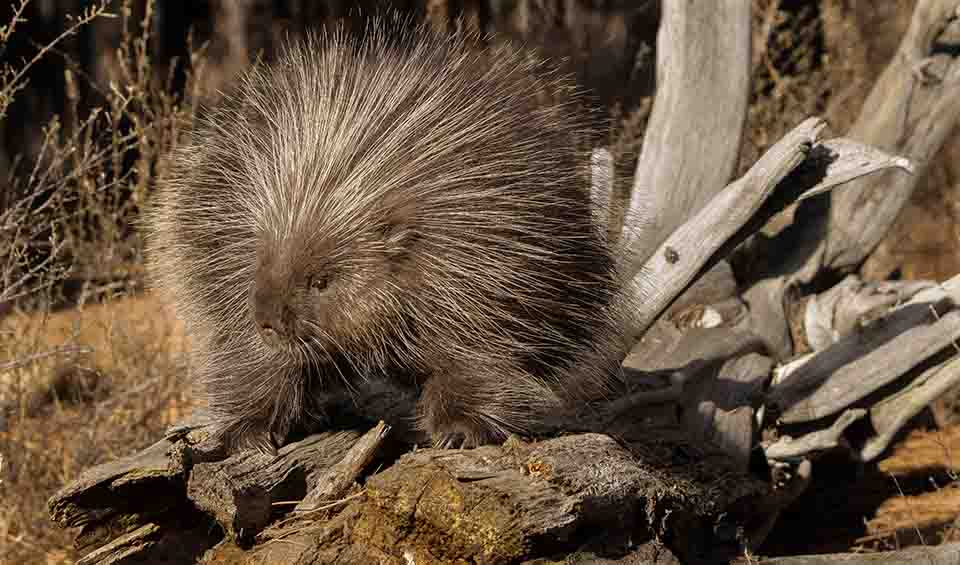Erethizon
Once those barbs get stuck in an attacker’s skin, they’re tough to remove!
Say hello to the prickly but lovable world of the genus Erethizon! This group includes the North American porcupine, one of the most recognizable animals in the wild thanks to its coat of sharp, barbed quills. Imagine a slow-moving, tree-climbing bundle of spikes — that’s Erethizon dorsatum, the only living species in this genus today. These creatures are like little tanks covered in armor, waddling through forests and woodlands across North America. Despite their intimidating looks, porcupines are peaceful herbivores who would much rather munch leaves, bark, and berries than get into any trouble.
One of the coolest things about Erethizon porcupines is, of course, their quills. They have about 30,000 of them, and each one is a lightweight, hollow spike tipped with tiny barbs. When threatened, the porcupine doesn’t shoot its quills like a lot of people think — instead, the quills detach easily when a predator makes contact. It’s one of the most effective defense systems in the animal kingdom, allowing these slow, chunky animals to survive in a world full of faster, fiercer predators.
But porcupines aren’t just armored slowpokes — they have some pretty amazing talents too. For one, they are excellent climbers! Their strong, curved claws and rough-footed pads help them shimmy up trees with surprising speed. They spend a lot of time in the trees, especially in the winter when food on the ground is scarce. They’re also night owls, mostly active after sunset, roaming around in search of tasty bark or tender twigs. And even though they seem solitary most of the year, during mating season they communicate with a variety of grunts, whines, and even a few surprisingly sweet-sounding cries.
Species in this genus
North American porcupine
If they feel cornered, they’ll stomp their feet, rattle their quills, and even release a funky smell as a warning


